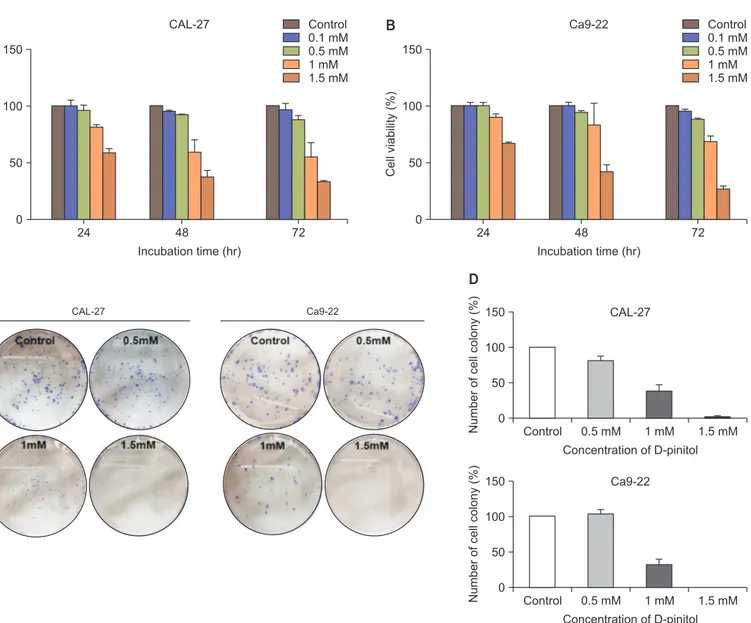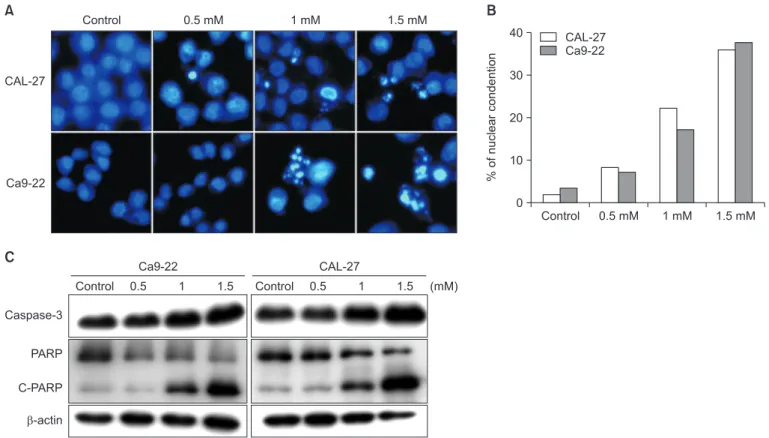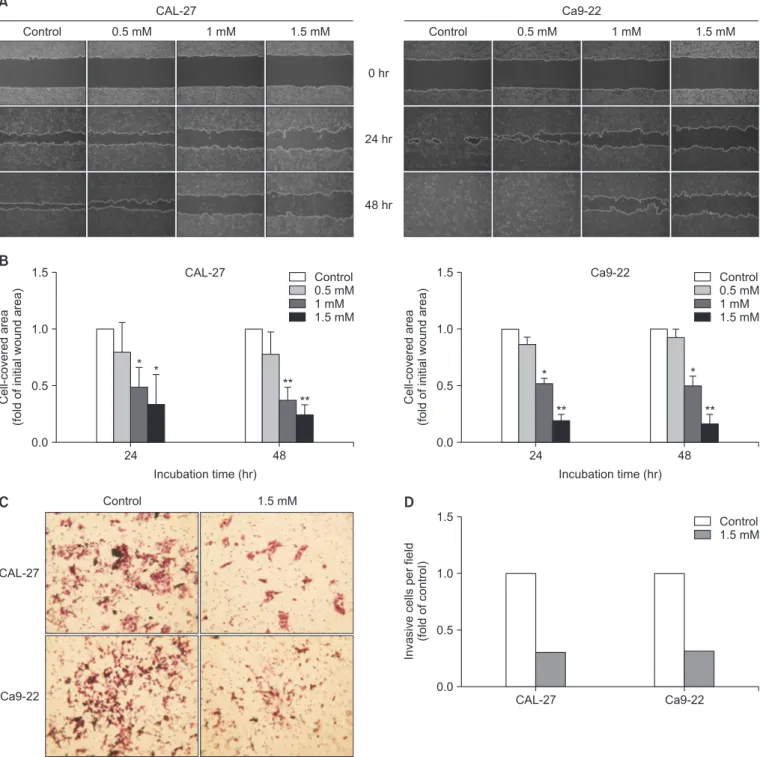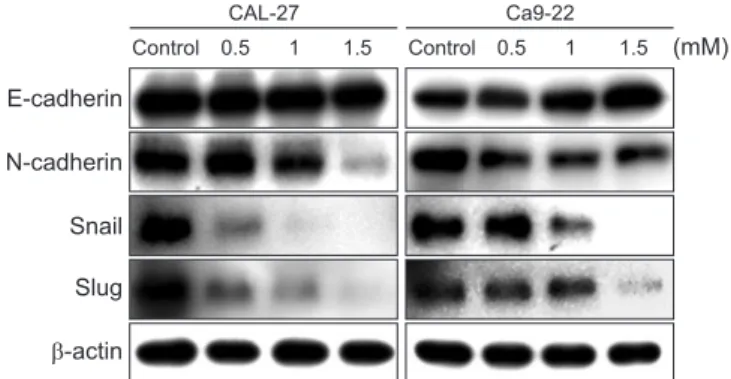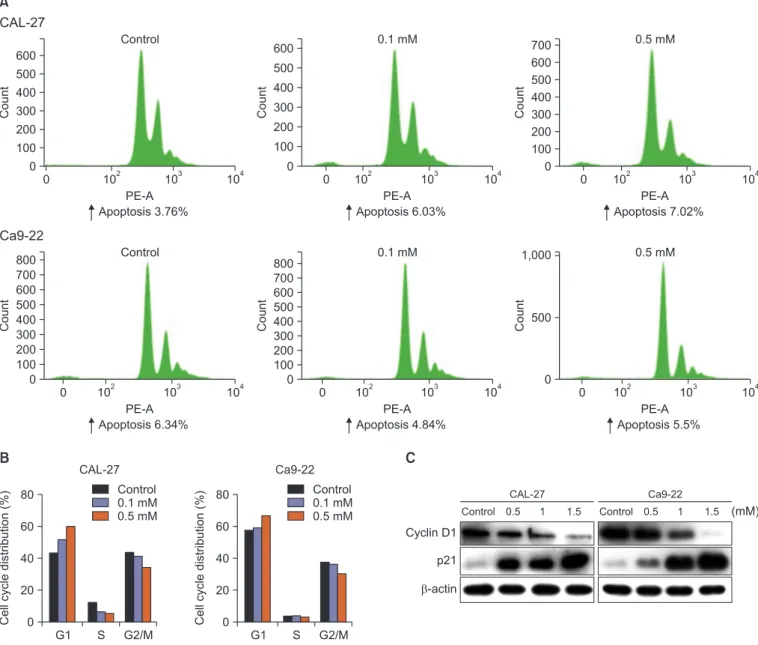Introduction Introduction
The term “head and neck cancer” is used to describe various types of cancers, including cancer of the oral cavity, parana- sal sinuses, pharynx, and larynx. Additionally, the term “oral cancer” broadly encompasses tumors arising in the lips, hard palate, alveolar ridges, tongue, sublingual region, and buccal mucosa [1,2]. More than 90% of all oral cancers are squamous cell carcinomas that arise from the squamous epithelial cells that make up the mucous membranes of the mouth [3,4].
In addition, sarcoma of the facial soft tissue and malignant melanoma, and more rarely lymphoma, can appear in cases of
salivary gland carcinoma [4]. The overall five-year survival rate, including all the stages of oral cancer, is approximately 50%, and both local and distant metastases are found in more than 70% of patients at the time of diagnosis [5]. The incidence of oral cancer has been increasing worldwide for many years, and most cases are treated by means of oral surgery because the facial area is an exposed and thus easily accessible part of the body. The use of cosmetic surgery for reconstruction purposes following oral surgery is increasing, although it remains dif- ficult to fully restore patients’ quality of life due to the resultant functional and aesthetic impairments [6]. In recent years, nat- ural substances have increasingly been used in the treatment Int J Oral Biol 45:152-161, 2020
pISSN: 1226-7155 • eISSN: 2287-6618 https://doi.org/10.11620/IJOB.2020.45.4.152
Anticancer effects of D-pinitol in human oral squamous carcinoma cells
Hyun-Chul Shin
1, Tea-Hyun Bang
1, Hae-Mi Kang
1, Bong-Soo Park
1,2, and In-Ryoung Kim
1,2*
1
Department of Oral Anatomy, School of Dentistry, Pusan National University, Yangsan 50612, Republic of Korea
2
BK21 FOUR Project, School of Dentistry, Pusan National University, Yangsan 50612, Republic of Korea
D-pinitol is an analog of 3-methoxy-D-chiro-inositol found in beans and plants. D-pinitol has anti-inflammatory, antidiabetic, and anticancer effects. Additionally, D-pinitol induces apoptosis and inhibits metastasis in breast and prostate cancers. However, to date, no study has investigated the anticancer effects of D-pinitol in oral cancer. Therefore, in this study, whether the anticancer effects of D-pinitol induce apoptosis, inhibit the epithelial- to-mesenchymal transition (EMT), and arrest cell cycle was investigated in squamous epithelial cells. D-pinitol decreased the survival and cell proliferation rates of CAL-27 and Ca9-22 oral squamous carcinoma cells in a concentration- and time-dependent manner. Evidence of apoptosis, including nuclear condensation, poly (ADP-ribose) polymerase, and caspase-3 fragmentation, was also observed. D-pinitol inhibited the migration and invasion of both cell lines. In terms of EMT-related proteins, E-cadherin was increased, whereas N-cadherin, Snail, and Slug were decreased. D-pinitol also decreased the expression of cyclin D1, a protein involved in the cell cycle, but increased the expression of p21, a cyclin-dependent kinase inhibitor. Hence, D-pinitol induces apoptosis and cell cycle arrest in CAL-27 and Ca9-22 cells, demonstrating an anticancer effect by decreasing the EMT.
Keywords: D-pinitol, Epithelial-mesenchymal transition, Cell cycle checkpoints, Oral squamous carcinoma cells
Received October 14, 2020; Revised December 10, 2020; Accepted December 10, 2020
*Correspondence to: In-Ryoung Kim, E-mail: biowool@pusan.ac.kr https://orcid.org/0000-0003-0232-0385 Copyright © The Korean Academy of Oral Biology
CC
This is an open-access article distributed under the terms of the Creative Commons Attribution Non-Commercial License (http://creativecommons.org/licenses/by- nc/4.0/), which permits unrestricted non-commercial use, distribution, and reproduction in any medium, provided the original work is properly cited.
Original Article IJOB
of various diseases, including cancer [7-9]. Such substances have both anti-inflammatory and anti-oxidant effects, and their use results in only limited toxicity and physiological activ- ity within the human body [7,10]. Therefore, a clear need ex- ists to develop anticancer drugs using natural substances.
D-pinitol (3-0-methyl-D-chiro-inositol) is an active low- molecular substance composed of a soybean oil and methyl ether compound. It has received considerable research atten- tion due to its diverse biological activities, including its antiviral, anti-inflammatory, anti-hyperlipidemic, and anti-oxidant ef- fects [11]. In addition, D-pinitol is structurally related to phos- phatidylinositol phosphate, which participates in the insulin signaling pathway that stimulates glucose transport, and it is reported to be helpful in the treatment of diabetes [12].
Recent studies have demonstrated the potential chemo- therapeutic efficacy of lung, bladder, and breast cancer [13,14].
Further, D-pinitol has been reported to reduce the metastasis of human lung cancer [15]. However, the effects of D-pinitol on oral squamous carcinoma cell metastasis remain largely un- known.
Metastasis is caused by uncontrolled cell proliferation, the stimulation of angiogenesis, segregation, motility, invasion into the bloodstream, and the stimulation of a new microenviron- ment [16]. More specifically, cancer cells separate from the primary site, migrate through the extracellular matrix, invade the bloodstream or lymphatic system, propagate distantly, and then proliferate [17]. This process is known as epithelial-mes- enchymal transition (EMT), and it is caused by the reduction in adhesion between cancer cells and the increased expression of N-cadherin and vimentin during tumor progression due to the disappearance of E-cadherin, which promotes renal cell and mesenchymal transition [18]. This process is associated with various tumorigenic pathways in various types of cancers, including oral cancer [19]. The present study was designed to elucidate the effect of D-pinitol on human oral squamous car- cinoma cells through apoptotic cell death, EMT, and the mo- lecular mechanism.
Materials and Methods Materials and Methods
1. Drug and reagents
The D-pinitol used in this study was purchased from Sigma- Aldrich (St. Louis, MO, USA). It was diluted in dimethyl sulfox- ide (DMSO) and then stored at –80℃. The specific antibodies for E-cadherin, N-cadherin, Snail, Slug, Caspase-3, and PARP
were purchased from Cell Signaling Technology (Danvers, MA, USA), while the β-actin was purchased from Santa Cruz Bio- technology (Santa Cruz, CA, USA). The secondary antibodies of mouse anti-rabbit IgG and the rabbit anti-mouse IgG antibod- ies were obtained from Enzo Biochem (Farmingdale, NY, USA).
2. Cell culture
The human oral squamous cancer cell (OSCC) lines used in this study, namely CAL-27 and Ca9-22, were purchased from the American Tissue Culture Collection (Rockville, MD, USA).
The CAL-27 and Ca9-22 were cultured in Dulbecco’s Modi- fied Eagle Medium (DMEM) with 10% fetal bovine serum (FBS;
Hyclone, Logan, UT, USA) and 1% penicillin-streptomycin (GIBCO-BRL, Rockville, MD, USA). Both cell lines were incu- bated in a humidified atmosphere of 5% CO
2at 37℃.
3. Cell viability assay
The cell viabilities of the CAL-27 and Ca9-22 cell lines were determined by means of a 3-[4,5-dimethythiazol-2-yl]-2,5- diphenyltetrazoliumbromide (MTT) assay. Both types of cells were seeded in a 96-well plate at 1 × 10⁴ cells/well, and they were treated with different concentrations of D-pinitol (0–1.5 mM). After treatment for 24, 48, and 72 hours, the medium was removed and 0.5 mg/mL of MTT solution was added to each well and then incubated at 37℃ for 4 hours. The forma- zan crystals that formed were dissolved in DMSO, and the resultant solution was measured using an ELISA reader (Tecan, M änedorf, Switzerland).
4. Colony formation assay
The cells were seeded in a six-well plate at 3 × 10² cells/
well, and they were treated with different concentrations of D- pinitol (0–1.5 mM) for 7 days. The colonies were fixed using 100% methanol, dyed with crystal violet for 10 minutes, and then washed using distilled water. The number of colonies was counted using an optical microscope.
5. Hoechst 33342 staining assay
Interms of determining the nuclear morphological change,
Hoechst 33342 was used for the nuclear staining. The cells
were seeded in an eight-well Lab-TekII chambered coverglass
(Invitrogen, Thermo Fisher Scientific, Waltham, MA, USA), and
they were treated with D-pinitol for 24 hours. Afterwards, the cells were fixed with 4% paraformaldehyde for 10 minutes.
Next, the cells were stained with 1 µg/mL of Hoechst 33342 solution for 10 minutes in a 37℃ incubator and then washed three times with phosphate-buffered saline (PBS). The fluo- rescent images were observed under a Zeiss LSM700 laser- scanning confocal microscope (CalZeiss, G öettingen, Germa- ny).
6. Wound healingassay
The cells were cultured in a six-well plate at 1 × 10
6cells and then incubated with 5% CO
2at 37℃. When the cells were 90–95% confluent, each well was scratched with pipette tip.
All the wells were washed twice with PBS and treated with D- pinitol. Images were acquired after 24 hours and 48 hours, and the widths of the cell-covered areas were examined using the Image J program (version 1.41o, Java 1.6.0_10, Wayen Ras- band, US National Institutes of Health, Bethesda, MD, USA).
24 150
100
Cell viability (%) 50
Incubation time (hr) 0
48 72
Control 0.1 mM 0.5 mM 1 mM 1.5 mM CAL-27
24 150
100
Cell viability (%) 50
Incubation time (hr) 0
48 72
Control 0.1 mM 0.5 mM 1 mM 1.5 mM Ca9-22
CAL-27 Ca9-22
